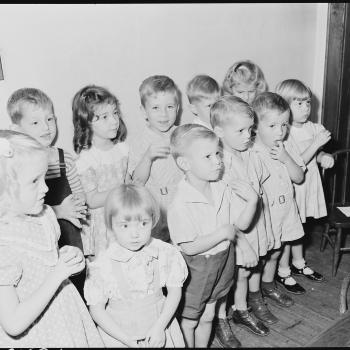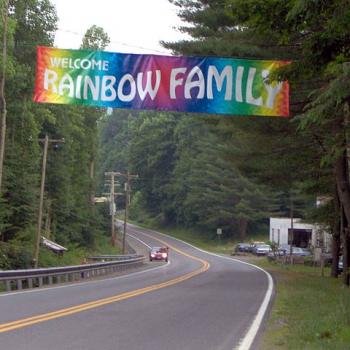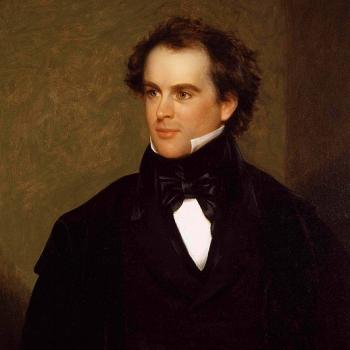Jessica Bennett explains that women and men are different:
Here’s an under-140-character musing for you: the hashtag can teach us something about gender. A male Twitter user might tag that observation with something like #linguistics, #gender, or maybe #hashtags. A female user is more likely to add something like #duh.
#Duh isn’t an inherently feminine response. It is, however, an example of an expressive hashtag—a hashtag that’s used not to tag a tweet (its original purpose), but to provide commentary. “A tag like #linguistics is meant to be searchable, to make conversation happen around a topic,” says Allison Shapp, a doctoral student in linguistics at NYU. For a study on gender differences in hashtag use, Shapp pulled together a library of tweets that included 1,633 hashtags, which she then divided into “traditional” tags (people, places, subjects, and events) and “expressive” tags (used to express feelings, tell jokes, or otherwise offer a personal take). About 59 percent of female users’ hashtags were expressive. Males’ hashtags, however, leaned dramatically in the other direction—77 percent were traditional.
Question for male tweeters: why tweet if you’re not going to be expressive?












